Wanna be the World's Strongest Man?
Pay attention: Myprotein is giving you your long-awaited shot at greatness with this special pre-workout formula developed in conjunction with Eddie Hall, the 2017 winner of the World's Strongest Man competition.
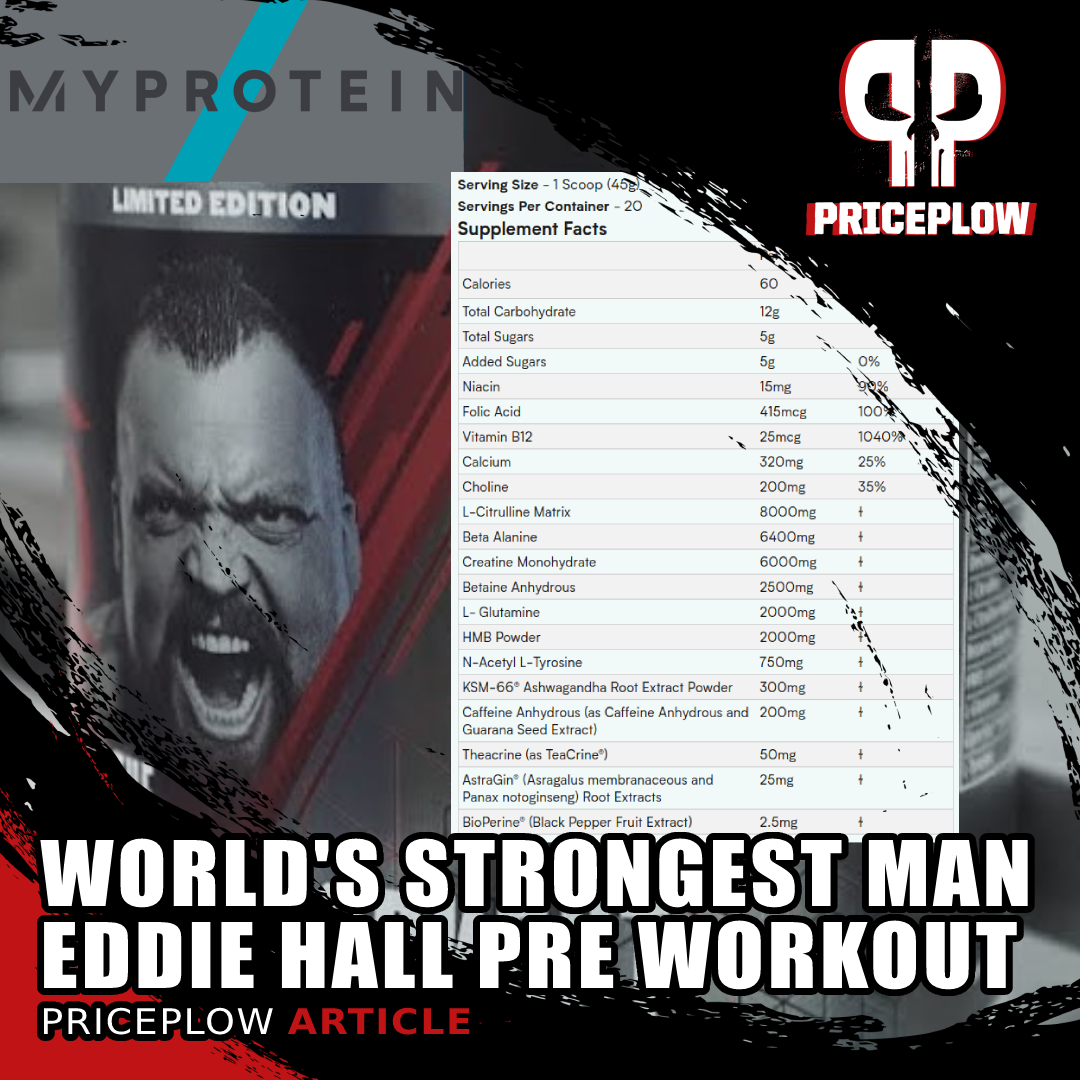
What are your thoughts on this first run of Myprotein's THE Pre Workout with EDDIE HALL? Because it sold out quick and we want them to make more!
We've seen some awesome products come out of Eddie's collaboration with Myprotein already, such as the ALL-IN-ONE complete recovery protein, which went above and beyond run-of-the-mill protein powder supplements by adding carbs in the correct ratio to protein, as well as blend of three different proteins in order to support every aspect of the post-workout recovery. You can read our review of it here: Eddie Hall Joins MyProtein for The ALL-IN-ONE Protein.
A Bold new Product in Myprotein's THE Pre Workout Line
Before Eddie Hall came on board, Myprotein actually released a version of THE Pre-Workout that had a simpler formula, but we're excited for the updated version, because we think the new additions will go a long way towards supporter the end user's athletic and aesthetic goals. For comparison, check out our review of THE 1.0 in our article titled Myprotein THE Pre-Workout: A Boost When You Need it Most.
Now let's take a look at what's in the new formula. We'll see a new ingredient, plus a big increase in dose for the others.
Myprotein THE Pre-Workout - Eddie Hall – Deals and Price Drop Alerts
Get Price Alerts
No spam, no scams.
Disclosure: PricePlow relies on pricing from stores with which we have a business relationship. We work hard to keep pricing current, but you may find a better offer.
Posts are sponsored in part by the retailers and/or brands listed on this page.
This area is reserved for Team PricePlow's upcoming Product Review video.
Subscribe to our channel and sign up for notifications so you catch it when it goes live!
Eddie Hall's Pre Workout Ingredients: A Carb-amplified pre workout
In a single 45-gram scoop of THE Pre-Workout Eddie Hall from Myprotein, you get the following:
-
Carbohydrates from Dextrose and Pea Starch - 12g
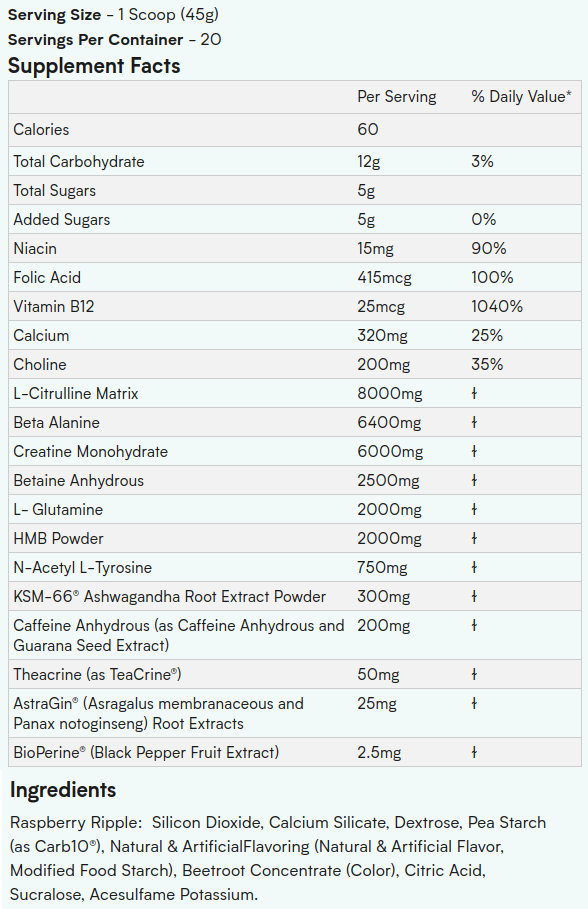
How's this for an upgraded member of THE Pre Workout Line? Eddie Hall demands more carbs and gets them here as well as his All-in-One Protein Powder!
The first thing to note is that we have 12 grams of carbohydrates from two sources, dextrose and pea starch. This is no surprise, given how big and hard Eddie trains, and the fact that he also had these added to his The All-in-One Protein to support recovery. With his stack, you're getting carbs both before and after training - which is all the better if you're trying to keep insulin elevated to drive nutrients into the muscles.
The label shows 5 grams of sugar, which will be coming from the dextrose. This is the fast-acting carbohydrate that is also known as d-glucose, and is the type of sugar used in our very own blood - so it's going to very fast and very easy to process. Dextrose is great because it loads the muscle as opposed to the liver (this is discussed in greater detail in The All-in-One article linked above). The rest comes from pea starch, a slower-digesting carb source, so you're getting a blend of fast and sustained energy here!
12 grams isn't a massive dose, but it's a dose nonetheless - and in an era where 99% of pre workouts (or more?) don't have carbs... Eddie knows how to differentiate and give you a little something extra right off the bat.
-
Niacin - 15mg (90% DV)
Niacin is the precursor to an important coenzyme called nicotinamide adenine dinucleotide (NAD),[1] which is required for the electron transport chain to function correctly.[1] Because the electron transport chain is the foundation of the whole human metabolism, giving it the raw materials it needs to work is important for maximizing your physical performance.
-
Vitamin B12 - 25mcg (1040% DV)
Just like niacin, vitamin B12 is a cofactor for enzymes that play an important role in metabolic processes. This vitamin, along with folate, are required for the methionine-homocysteine cycle, in which excess homocysteine is methylated and converted into methionine.[2] If this process is compromised, cardiovascular function can be impaired as a result, and that may eventually lead to chronic disease.[3]
B12 is also needed for the production of red blood cells,[2] so a deficiency will produce anemia. Consuming enough B12 is definitely something that every active person should prioritize.
-
Folic Acid - 415 mcg (100% DV)
Folic acid is involved in the synthesis and repair of DNA, cell division, and production of red blood cells.[4] Just like B12, it is involved in the methionine-homocysteine cycle, which is crucial for maintaining overall health, including cardiovascular performance.[4] A folate deficiency can lead to anemia, as well as neural tube defects in utero, cardiovascular disease, and cancer.[4]
-
Choline - 200 mg (35% DV)
Choline is the precursor for acetylcholine, a neurotransmitter that is centrally implicated in learning, memory, and other cognitive abilities. But also, it's involved in more "physical" functions, like balance and muscle contraction.[5,6] Because of acetylcholine's importance for global cognition—and focus in particular—we usually see it in high-quality pre-workout supplements that are designed to sharpen your mental edge, in addition to maximizing physical performance.
The issue here is that we're not sure where the choline is coming from, but perhaps the physical tubs will show that and we can update this post with improved images.
-
L-Citrulline Matrix - 8000 mg
As most of us know by now, when used alone, citrulline beats out arginine when it comes to raising nitric oxide levels.[7]
Most modern pre-workout supplements include a big dose of citrulline because it's the precursor to arginine, which in turn is the precursor to nitric oxide (NO).[8] Counterintuitively, even though arginine is the next step in the production of NO, supplementing citrulline actually works better than supplementing arginine.[7,9,10]. More NO means more vasodilation, a phenomenon where blood vessels expand in diameter, thus improving blood flow and nutrient delivery. One downstream effect of vasodilation is increased production of adenosine triphosphate (ATP), the basic energy molecule in the human body, and more ATP enables better physical performance and faster recovery after exercise.[11-13] Athletes notice less soreness, too.[14]The minimum effective dose of citrulline is about 3 grams, so needless to say, 8000 milligrams (8 grams) is a monster of a dose.[15]
-
Beta Alanine - 6400 mg
One of the great things about beta alanine is that when combined with the common amino acid histidine (present in virtually all foods), it increases production of carnosine.[16,17] That's a great thing for anyone who's active because carnosine buffers lactic acid in muscles, which delays the onset of fatigue during exercise and successfully increases muscular endurance.
We're interested in section (B) here, where beta alanine alone shows great results compared to placebo.[18]
This effect of carnosine has been shown repeatedly in published research studies, including two large meta-analyses, from 2012, with over 300 participants,[19] and from 2016, with over 1400 participants,[18] the upshot of both is that any exercise with a duration between 30 seconds and 10 minutes can be positively impacted by beta alanine.[18]Beta alanine also synergizes with creatine, another ingredient that's present in large doses in this pre-workout supplement.[20] Tingling sensations are a common side effect of beta alanine use, but don't be alarmed – a study published on the safety of beta alanine in 2019 concluded that the amino acid"does not adversely affect those consuming it."[21]
-
Creatine Monohydrate - 6000 mg
Of all the mainstay ingredients in the supplement industry, creatine is possibly the most-studied and the most-substantiated. By helping your body generate more ATP,[22-26] creatine has a truly impressive range of benefits, including:
- Increased power output[27,28]
- Muscle gains[28-32]
- Higher sprinting speed[32-34]
- Better hydration[35]
- Less fatigue[36-39]
- Higher sense of overall well-being[40-42]
- Cognitive enhancement (in vegans/vegetarians)[43,44]
- Higher testosterone levels[45-49]
- Higher bone mineral density (especially in non-meat eaters)[50]
We could keep going all day with these citations, but suffice it to say, there's so much evidence out there for the efficacy of creatine that it's almost impossible to dispute. The standard dose is 5000 mg, or 5 grams, so the Eddie Hall Pre-Workout has a little extra, which in this case is a good thing.
-
Betaine Anhydrous - 2500 mg
Just like creatine, betaine, also known as trimethylglycine or TMG, is a powerful ergogenic aid, meaning it increase the body's capacity to do work. However, creatine and betaine act via slightly different pathways: whereas creatine acts as a phosphate donor, betaine is a methyl donor that can lower homocysteine levels (just like B12 and folate).[51]
Moreover, betaine is an osmolyte, meaning that it helps cells retain water for optimal hydration,[52,53] and protects them against heat shock.[54]
Years of research has already shown the benefits of betaine for physical performance.[55-60] Ground-breaking studies were published in 2013 and 2014 showing that just 2500 milligrams daily (the dose used in each serving), caused a5.3-pound increase in lean muscle mass and 6.4-pounds of fat loss. That works out to a 3% reduction in body fat over the course of merely six weeks.[53,61]
-
L-Glutamine - 2000 mg
Glutamine helps prevent soreness after exercise,[62] but the truly amazing thing about glutamine is its fantastic benefits for gut health. Glutamine supplies energy directly to intestinal cells,[63,64] thus helping them maintain the integrity of the gut. This in turn helps to prevent "leaky gut",[63,64] in which undigested food escapes from the gut through holes in the gut lining, which causes chronic inflammation and all kinds of other problems.
Another key benefit of glutamine is that it's a glutathione precursor, and since glutathione is the "master antioxidant" of the body, doing anything to increase levelsis probably going to help you deal with exercise stress better.[65]
-
HMB Powder - 2000 mg
Hydroxymethylbutyrate, also known as HMB, is a metabolite of leucine with some interesting properties.
World's Strongest Man Eddie Hall gets his own range at Myprotein, starting with the All-in-One Protein for serious recovery - it also has HMB!!
First, and most relevant to a pre-workout, these compounds are able to improve the body's adaptation to exercise. A randomized, double-blind, placebo-controlled study in elite rowers found that HMB supplementation significantly increased their aerobic capacity and caused them to lose quite a bit of fat, compared to placebo.[66] This is a compelling study because it was done on trained, elite athletes – people who were already in peak physical condition before the study even started. That people in top form can benefit from HMB supplementation says a lot about the efficacy of the compound.
A similar study in martial artists found the same effect.[67]
Now here's where it gets interesting. Although evidence for HMB's anabolic effects is ambiguous, it does seem to have clear anti-catabolic properties. In other words, the compounds might not help you build new muscle, but it can assist in preserving the muscle you already have.
In vitro studies of HMB have found that it inhibits certain genes and enzymes that promote the muscle tissue breakdown,[68] and clinical trials in subjects confined to bed rest have shown that HMB supplementation significantly reduces the amount of muscle lost to disuse.[69,70]
You can learn more about HMB in our guide titled HMB (β-hydroxy β-methylbutyrate): Performance-Driven Muscle Supplement.
-
N-Acetyl L-Tyrosine - 750 mg
Tyrosine is an essential amino acid, meaning the body cannot synthesize it and must obtain it from diet or supplements. And we should take pains to give our body the tyrosine it wants because the amino acid is the precursor for some awesome neurotransmitters, including noradrenaline and dopamine, which both increase focus and alertness.[71] When we increase levels of those neurotransmitters by supplementing with tyrosine, we help kick start our sympathetic nervous system, which sends us into "fight or flight" mode.
Tyrosine is great for enhancing focus and motivation, even in people who are sleep deprived – in fact, for people who are suffer from sleep deprivation, tyrosine is believed to cause measurable cognitive improvements.[72,73]
-
KSM-66 Ashwagandha Root Extract Powder - 300 mg
Ashwagandha's benefits for the body, particularly for the male body, are manifold.
Let's start with the great enemy of all humanity: stress. In a 2012 study, subjects who were dealing with chronic stress showed significant reductions in their stress levels after consuming an Ashwagandha supplement daily for 60 days.[74] These anti-stress effects should help your body deal better with the stress of exercise.
Since cortisol is the primary stress hormone, and the actions of cortisol and testosterone are broadly opposed to one another, it shouldn't be surprising to learn that Ashwagandha not only lowers stress but boosts testosterone as well. In fact, in one study, infertile men saw their testosterone increase by Ashwagandha to the tune of 14% to 40%,[75] and in a similar study, the effect size was between 10% and 22%.[76]
Ashwagandha doesn't just boost testosterone in infertile men either – it even boosts T in active, young, healthy men! Even in this population. Ashwagandha increased testosterone levels by over 15%.[77]
Since testosterone is closely related to athletic performance, it probably won't surprise you to hear that Ashwagandha has also been shown to increase both power output and VO2 max,[78] and even a one-rep max for bench press and leg extension.[79]
-
Caffeine Anhydrous - 200 mg
Caffeine is one of those supplements that needs no introduction. One of the most common and well-studied compounds in all of nutritional science, caffeine has the ability to cross the brain-blood barrier and into the brain itself, where it blocks the receptors for adenosine and phosphodiesterase.[80] This will decrease fatigue while ramping up activity in your brain's neurons,[80] helping with focus, and motivation.
Because of its ability to increase fat oxidation and active AMP-activated protein kinase, one of the body's metabolic "master switches," caffeine is great at boosting energy levels.[81,82] Caffeine also inhibits phosphodiesterase, an enzyme that breaks down cyclic adenosine monophosphate (cAMP),[81,82] a messenger molecule that plays a crucial part in both fat metabolism and carbohydrate metabolism. By keeping cAMP levels high, caffeine provides your body with more energy for exercise.[83]
The energy-promoting ability of caffeine is why it's usually described as an ergogenic aid—a substance that increases the body's capacity to work.
-
Theacrine (as TeaCrine) - 50 mg
Much like caffeine, theacrine is capable of increasing both mental and physical energy,[84] which makes sense considering that the chemical structure of theacrine is closely related to that of caffeine,[85] and also blocks adenosine receptors, just like caffeine.[86] Also like caffeine, theacrine is dopaminergic, meaning that it stimulates dopamine receptors,[85] and this should help with motivation and focus during your workout.
-
AstraGin Root Extract - 25 mg
In supplement stacks with lots of ingredients, it's important to ensure that the body can make the most of them, and that's why we have AstraGin, a patented ingredient from NuLiv Science that is designed to increase the uptake and bioavailability of other ingredients. It does this by upregulating different transporters in the gut, as well as helping to seal the gut.[87]
-
BioPerine (Black Pepper Fruit Extract) - 2.5 mg
BioPerine is functionally similar to AstraGin, in that it increases bioavailability of other ingredients. However, it has a slightly different mechanism of action: rather than upregulating transporters, BioPerine inhibits certain enzymes, thus preventing ingredients from down before they can be absorbed into the bloodstream.
However, beyond its abilities to enhance the effectiveness of other ingredients, BioPerine also has its own set of beneficial effects: it upregulates GLUT4, a transporter that's responsible for sucking glucose and other nutrients into muscle cells post-workout, which will definitely help your recovery.[88] BioPerine has also been shown to decrease insulin resistance and fatty liver in mice,[89] partly because of its powerful antioxidant status.[90]
Conclusion
Eddie Hall Pre-Workout from Myprotein is an unusually awesome pre-workout formula: not because all of these ingredients have similar mechanisms of action, but just because they are all individually awesome and because we have carbs - and Eddie's beautiful face on the tub. Every single main ingredient in this pre-workout stack has tons of evidence supporting its efficacy and safety. And taken as a whole, this pre workout supports pretty much every major aspect of exercise and recovery.
With the addition of HMB powder and a big across-the-board increase in the dosing of the other ingredients, we can confidently recommend this new-and-improved version of THE Pre-Workout, developed by Myprotein in collaboration with Eddie Hall.
Myprotein THE Pre-Workout - Eddie Hall – Deals and Price Drop Alerts
Get Price Alerts
No spam, no scams.
Disclosure: PricePlow relies on pricing from stores with which we have a business relationship. We work hard to keep pricing current, but you may find a better offer.
Posts are sponsored in part by the retailers and/or brands listed on this page.
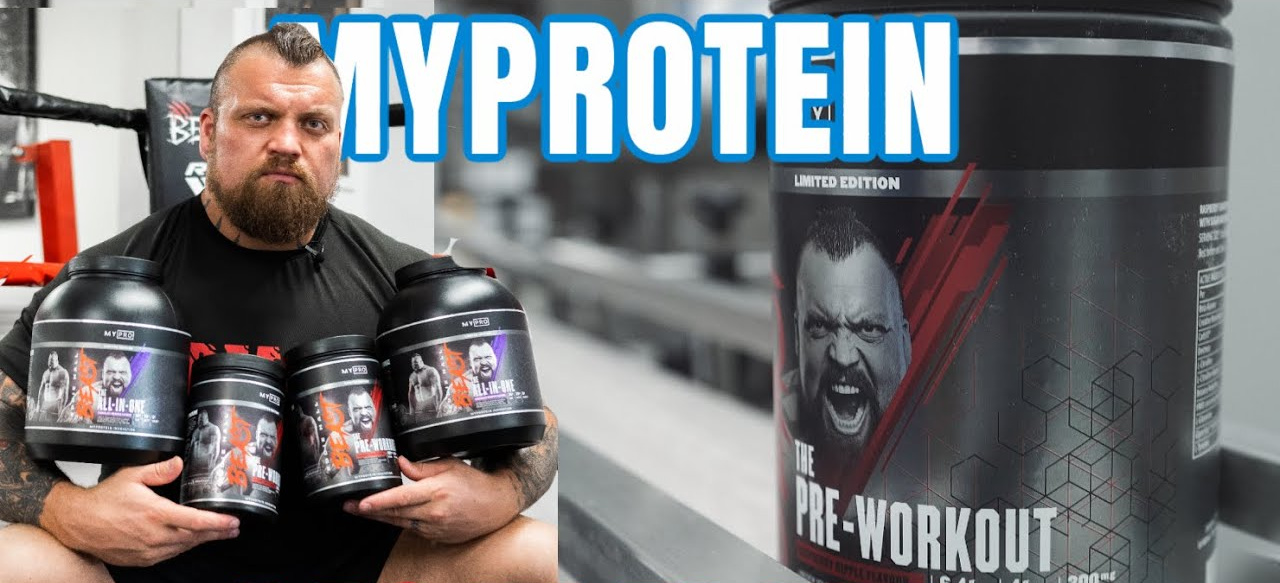
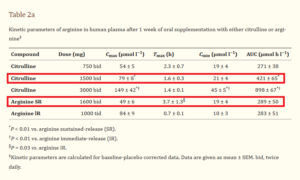
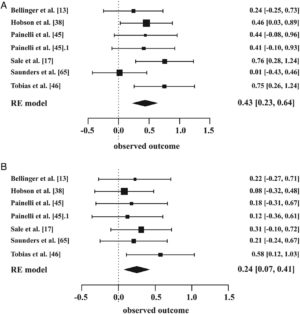
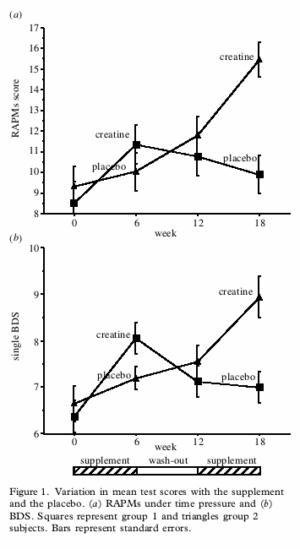
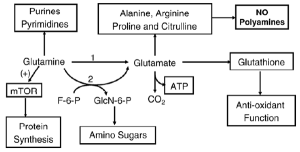

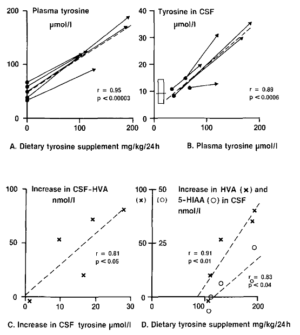
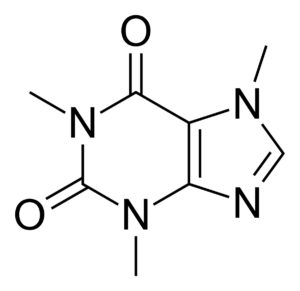
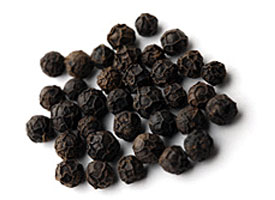


Comments and Discussion (Powered by the PricePlow Forum)